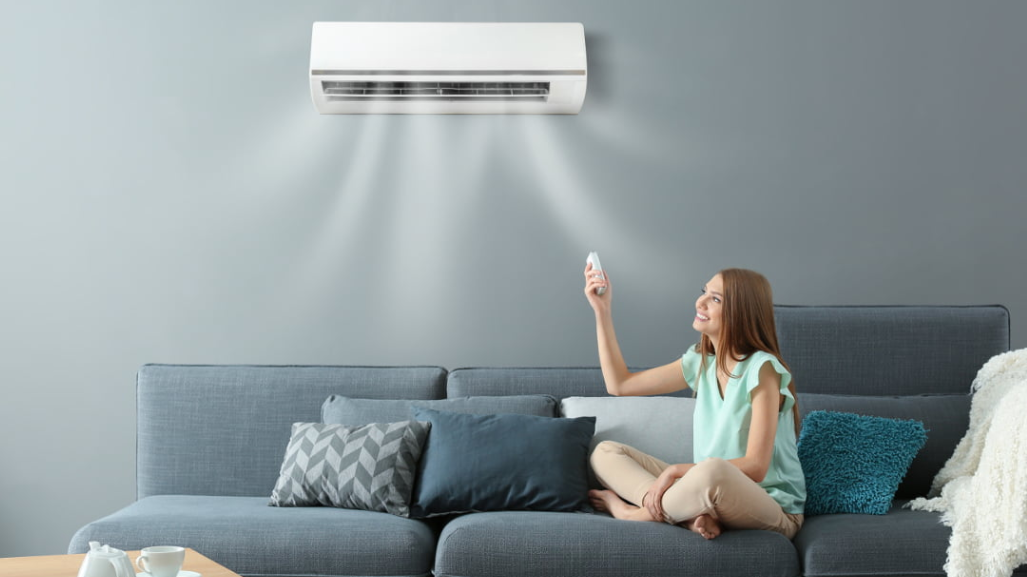Improve Your Business’s Energy Efficiency: Tips for Proper Air Conditioning Installation
With the rising concerns about the environment and escalating energy costs, enhancing energy efficiency at every level has become a business imperative. One area often overlooked in energy consumption is the installation and maintenance of your building’s air conditioning system. As a small business owner or an energy-conscious entrepreneur, understanding the nuances of air conditioning can lead to significant energy savings without compromising the comfort of your workspace. Here’s a concise guide to ensure that your air conditioning installation is optimized for efficiency.
Assessing Your Cooling Needs
Before making any purchase or installation decisions, it’s crucial to assess the cooling needs of your space. Oversized units can lead to short-cycling—a process where the AC frequently turns off and on, which is both inefficient and costly. Undersized units will run continuously, failing to maintain the desired temperature and using more electricity.
Determining the Appropriate Cooling Capacity
To calculate your space’s cooling requirement, you can use the square footage of the area along with variables like the number of occupants and heat-generating equipment. Industry guidelines and professional consultations can also provide valuable insights into this decision-making process.
Considering the Size and Layout of the Space
High ceilings, open layouts, and the building’s insulation can significantly impact the cooling needs. Energy efficiency ultimately depends on the unit’s ability to cool the area effectively, which is directly related to the overall building design.
Proper Installation Techniques
The correct air conditioning installation is as important as the system itself when it comes to efficiency.
Hiring Professional Commercial Refrigeration Technicians
Professional commercial refrigeration technicians possess the skills and knowledge to install systems correctly, ensuring efficient operation from the start.
Ensuring Correct Placement and Positioning of the Unit
The location and orientation of the air conditioning unit can affect its efficiency. It’s essential to keep it away from heat sources and in shaded areas whenever possible.
Following the Manufacturer’s Guidelines for Installation
Installing the system according to the manufacturer’s recommendations will guarantee that it operates at peak performance, which is a crucial aspect of energy efficiency.
Energy-Saving Tips for Efficient Cooling
Maximizing the efficiency of your air conditioning system can be achieved through several practical tips and technologies.
Setting Optimal Temperature and Thermostat Settings
Keeping the thermostat at an optimal temperature setting—generally set points around 78°F—can significantly reduce energy consumption.
Using Programmable Thermostats
Programmable thermostats can be set to adjust the temperature automatically, keeping the space comfortably cool during business hours and less critical periods when cooling demands can be reduced.
Implementing Zoning Systems for Different Areas
Zoning allows you to regulate the temperature of specific areas, adjusting cooling according to occupancy and use patterns, which can lead to substantial energy savings.
Conclusion
Proper air conditioning installation and maintenance are essential for reducing your business’s environmental impact and cutting down on energy costs. By taking the time to assess your cooling needs, choose the right unit, install it correctly, and provide regular maintenance, you can make a significant contribution to your energy efficiency goals. Remember, a cool and comfortable workspace doesn’t have to come at the expense of the planet or your pocket.
